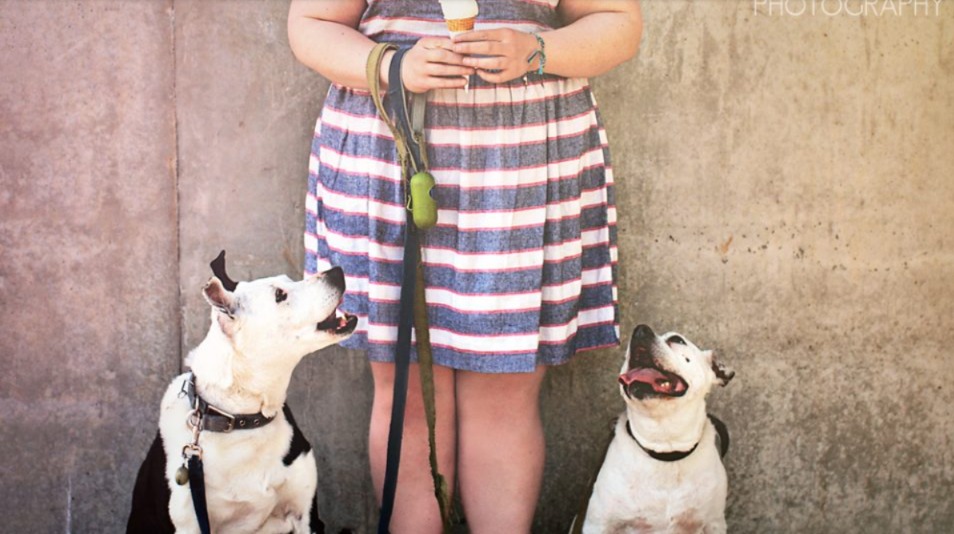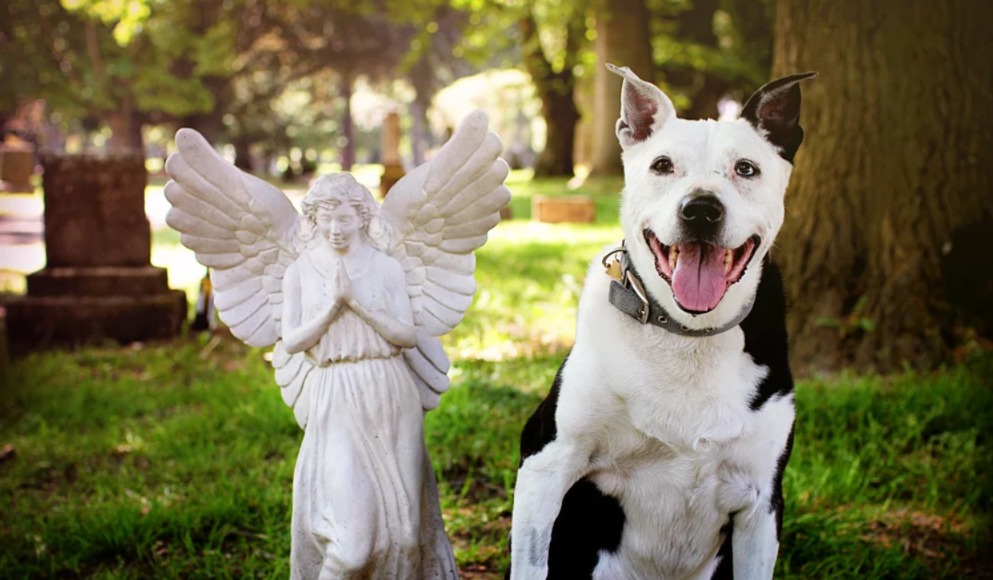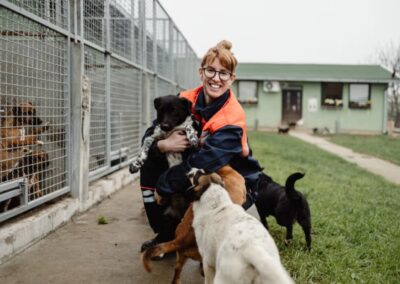
When your dog bounds out the front door, tail wagging, and the morning light hits just right — that’s the moment worth capturing.
But snapping a phone pic is one thing — structuring a full photo shoot that actually brings out their soul? That takes planning.
If you’ve ever aimed your camera at your pup and ended up with blurry ears in motion, half a tail, or a dozen missed shots, here’s your roadmap.
This isn’t fluff. This is how to make the day feel like your dog’s day — and come out with photos you’ll treasure forever.
Step 1: Choose the Right Photographer (You Don’t Need a Celebrity)
First off: you don’t have to hire Ansel Adams. You need someone who gets dogs. Ask for referrals. Look at portfolios.
Instagram hashtags like #dogphotographer or #petportraits can help you find local talent. Be picky.
The right photographer will not only have gear — they’ll have understanding. Someone who knows a dog’s patience is finite.
When you meet, treat it like a dating interview. Ask how they handle impatient dogs, what their backup plan is for bad light, how long shoots last.
You want someone you trust — because on this day, they’ll hold your dog in the frame as much as your heart.
Step 2: Pick Your Zones — But Stay Flexible
Your dog’s comfort zone matters more than fancy backdrops. Choose places they’ve been before (a favorite park, quiet trail, your backyard). The familiar scent does wonders.
Start early or late — morning or golden hour when sunlight is gentle. Avoid midday harsh light. Overcast is your friend.
Bring alternate plans (shade, covered spots) if the sun betrays you. And if your dog tires, be ready to pause. Some of your best shots may come in breaks.

Step 3: Gear & Grooming — Be Ready Before You Push the Button
Your dog should be clean, brushed, wiped down. No surprises. If their paws are muddy or ears dusty, it shows. Bring pet-safe wipes, a towel, whatever it takes.
You’ll need:
Water & a travel bowl
Their favorite treats (high value)
A blanket or roll-out dog bed (for them to rest)
Anything that helps them feel like them — a bandana, hat, favorite toy
You also need to dress well. But also pick clothes that allow movement. You’ll kneel, crouch, shift. Don’t pick a dress that looks amazing but ruins your back when you bend.
Step 4: Let the Dog Be the Dog (Don’t Force Perfection)
You’ll want the “perfect pose,” the “classic portrait.” But dogs aren’t statues.
Let your pup move, sniff, roll, turn around. Sometimes the best shot comes when they hop, bark, or just blink. Work with that.
Ask your photographer to shoot candidly. Don’t force the perfect “sit.” Use treats or toys to elicit looks, but don’t bully the pose.
Often, your dog’s expression between poses is where the magic lives.
Step 5: Pace, Patience & Breaks
This isn’t a sprint. It’s a walk through memories. Work in 5- to 10-minute bursts. Give your pup breaks. Let them drink, sniff, lie down.
The fatigue catches up fast. Many photographers build rest periods for this reason.
Also: guard against frustration. If your pup doesn’t cooperate one moment, move to another spot or play.
Sometimes that multi-location “photo walk” style produces the richest variety of shots.

Step 6: Be Ready for the Unexpected (And Embrace It)
Sun hides behind clouds. A squirrel zooms past. Your dog sneezes mid-pose. These “failures” often become your favorite images.
Be ready, keep snapping. Sometimes those unplanned moments carry more emotion than your posed “perfection.”
Also, temperature, bugs, wind — pack for that. Hats, sunscreen, insect repellent (pet safe), shade tarps. You want to protect your pup so they smile longer.
Step 7: Enjoy the Day — The Photos Are Just the Bonus
People often forget: the goal isn’t just photos. It’s memory. You want a day you look back on—not just an image. Laughing, walking, playing — let that breathe.
If the shoot becomes stress, you lose the emotional tone in the images.
Your dog should leave believing today was fun. That feeling translates better to the frame than any pose ever will.
Final Thought: How to Get Those Gallery-Worthy Portraits
Start early, shoot late (light is kind).
Decide on 2–3 locations, but don’t be rigid.
Let the dog move. Let them breathe.
Bring treats, water, backup gear.
Trust the photographer — but interview them first.
When your dog “fails,” smile. That warmth shows.



